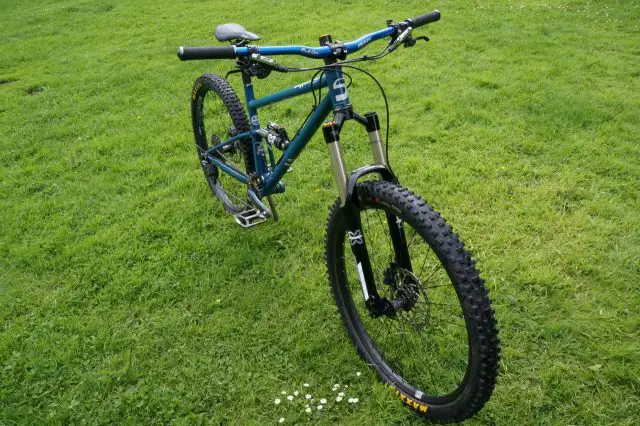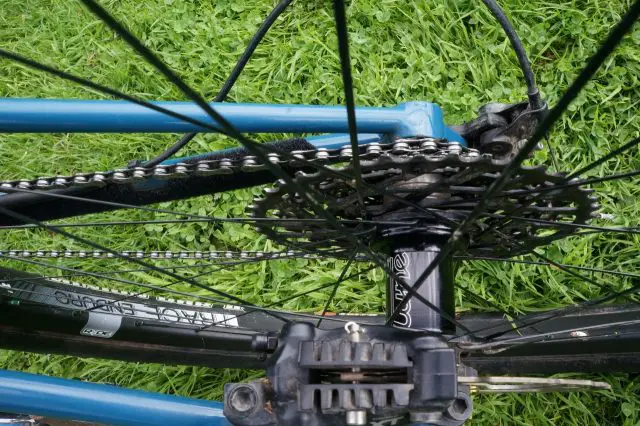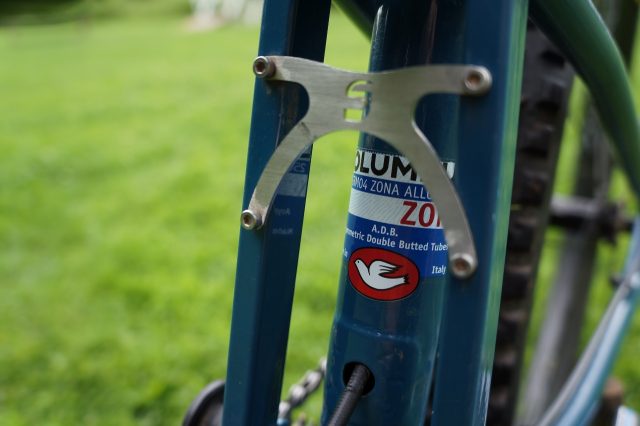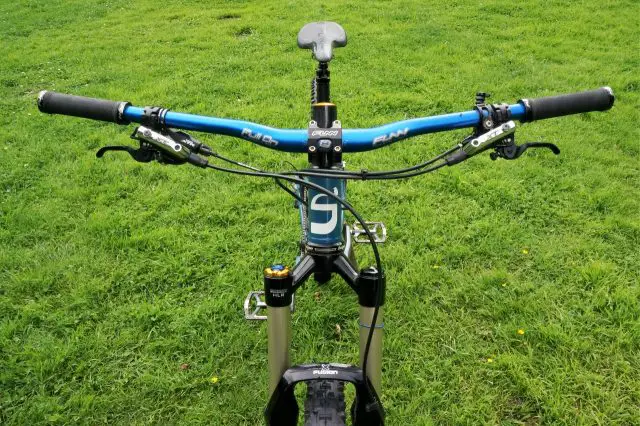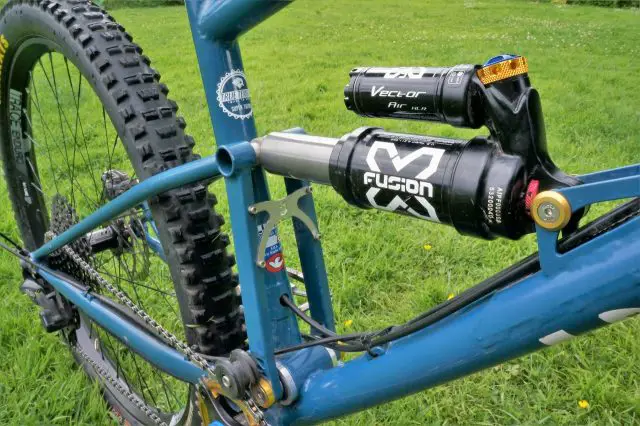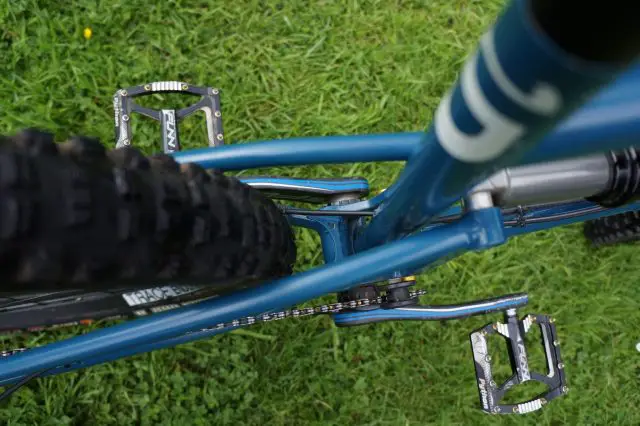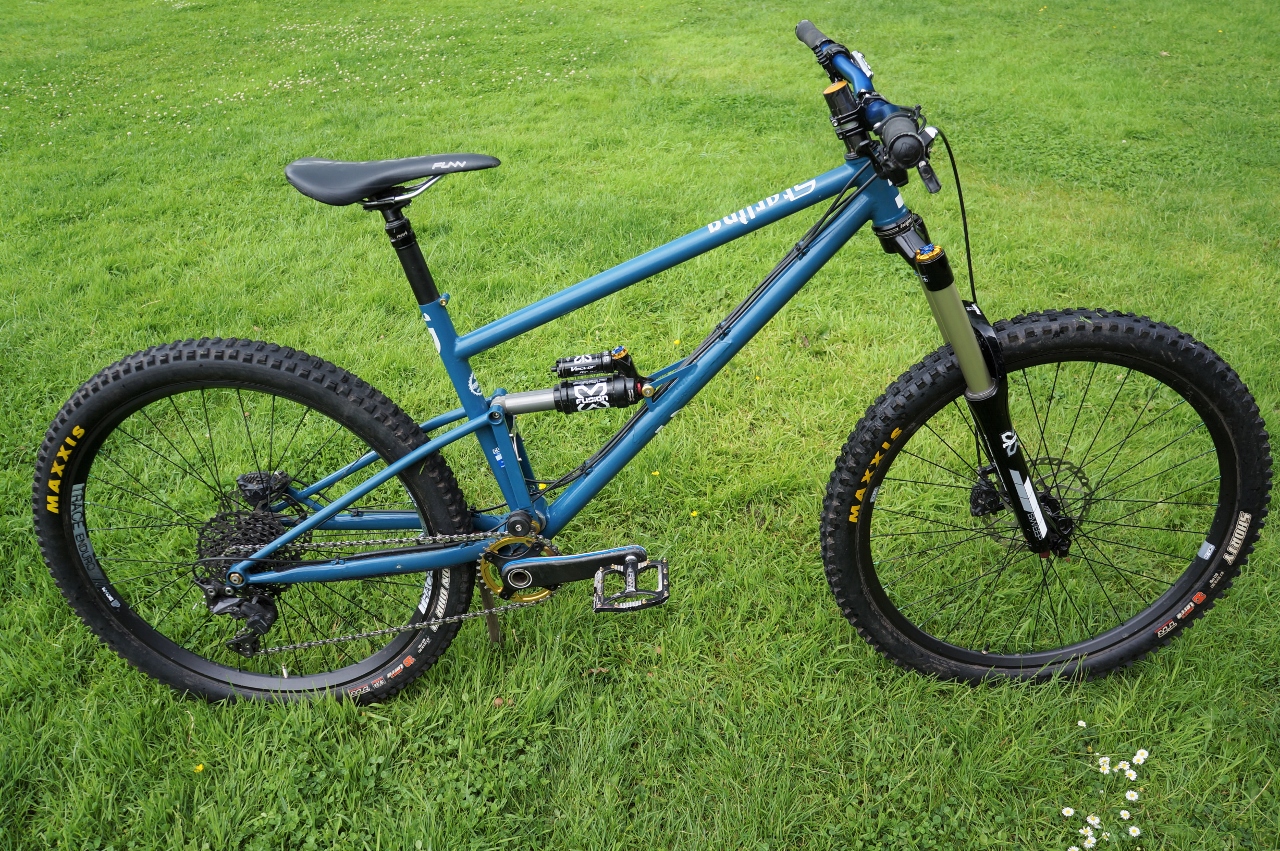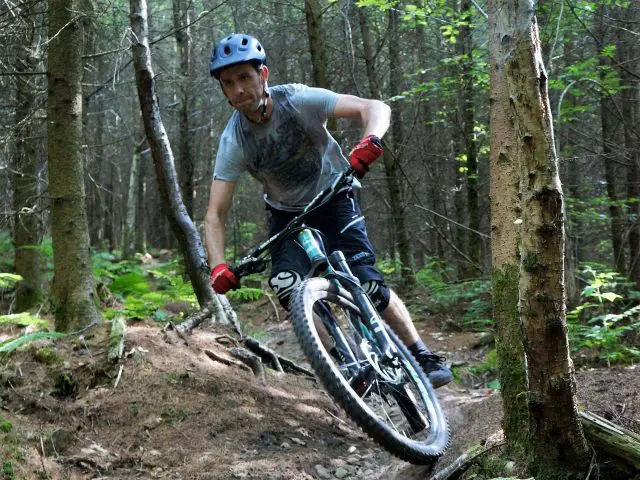Say “handbuilt steel frame” to your average mountain biker, and they’ll probably imagine something built by a man with a beard you could jump rope with, fully rigid, and designed to appeal to a very specialist niche.
Joe McEwan, PKA Starling Cycles, is bucking the stereotype by building all-steel, mid-travel full suspension bikes aimed squarely at the trail/enduro market. Despite being manufactured in tiny quantities, his bikes are designed to compete directly with the offerings from the mainstream manufacturers, both in performance and price. And he doesn’t have a beard. Joe invited us for a razz round some South Wales trails, then we paid a visit to his end-of-garden manufacturing facility to talk more about the bikes.
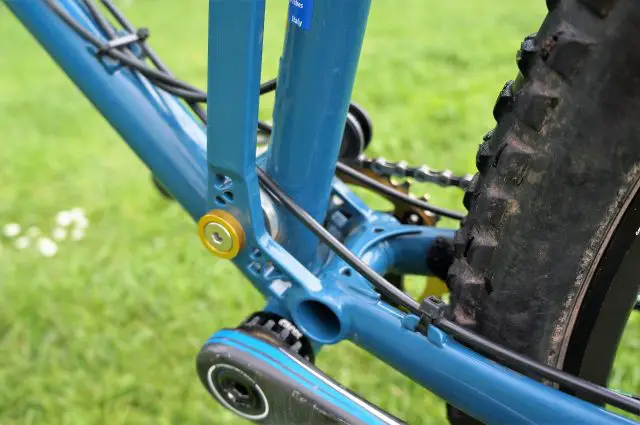
An aerospace engineer by day, Joe started building bikes for himself after taking a couple of frame building courses. “I’ve always made stuff – it’s like second nature” he says. After starting with the obligatory hardtail, and then a full suspension frame which used a swingarm donated by a Cannondale Prophet, he’s progressed through several prototypes to fabricating his own complete frames, including an unusual singlespeed that uses the bottom bracket bearings and a 3-piece BMX crank as the main pivot. Last year he took the plunge into selling frames commercially, and now has a full order book for the next 6 months. He also picked up a Singletrack Choice award at the Bespoked UK handbuilt bike show back in April.

Much of the coverage of Joe’s bikes so far has focused on where he builds them: a shed at the bottom of his garden. But the Hut is more than your average shed. Originally built by the previous owners as somewhere quiet to practice the cello, it now contains welding kit, a very sturdy frame jig, a pillar drill, a 1940s lathe, and a brace of frames in various stages of completion. Joe was kind enough to take us on a quick tour of the Hut, which you can see below. But back to the bikes…
Much of the coverage of Joe’s bikes so far has focused on where he builds them: a shed at the bottom of his garden.
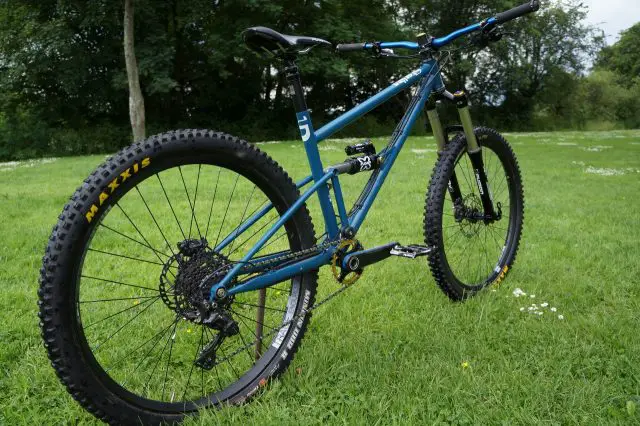
The current incarnation of Starling’s geared frame, dubbed the Swoop, is a single-pivot 5-6″ travel 650b frame designed to pair with 150-160mm forks. It currently retails for £1500 for a bare frame, which is a reflection of Joe’s low overheads and the fact that building bikes is still more of a hobby than a business. “In total I’m up to number 22 or 23. I’ve sold 6, which have gone all around the world – one’s gone to Switzerland, I’ve had a lot of interest from Germany. I’ve got another 15 orders now, which takes me up to Christmas” He’s also able to offer competitively-priced full builds thanks to partnerships with suppliers including Funn components, X-Fusion suspension, and local hoopsmith Ryan Builds Wheels.
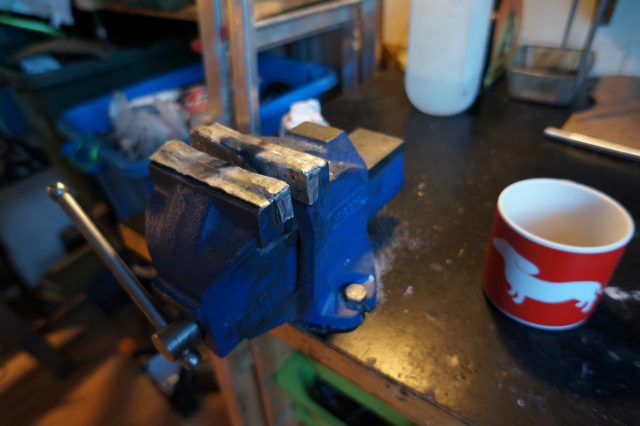
As Joe explains, the life of Starling Cycles so far has involved defying plenty of expectations. “People firstly are shocked when you tell them you’ve made a bike. Then they’re shocked that it’s not a hardtail. Then they’re shocked when they pick them up and realise they’re not heavy, and that they ride well.” Considering steel full suss bikes have a reputation for putting strength above finesse – think of Brooklyn Machine Works and the like – the Swoop is surprisingly light. We haven’t weighed a bare frame, but it’s around 30lbs for a full build with pedals and dropper post, despite using a super-strong True Temper BMX downtube.
“People firstly are shocked when you tell them you’ve made a bike. Then they’re shocked that it’s not a hardtail.”
The frame may be simple, but it includes lots of neat features like an integrated chain guide, plenty of neat minimalist gussets, laser-cut details, and aluminium inserts that hold the main frame bearings (pressing steel into steel being a tricky proposition). A range of custom geometry is available, but Joe recommends a slack head angle (66 degrees or thereabouts), long top tube and low bottom bracket. “I can do any head angle, any head tube length, almost any reach – I think I can go up to 500mm. My swingarms are all one size, so I can’t play around too much with the seat tube angle or bottom bracket height, but I can do different shock lengths for different travel.”
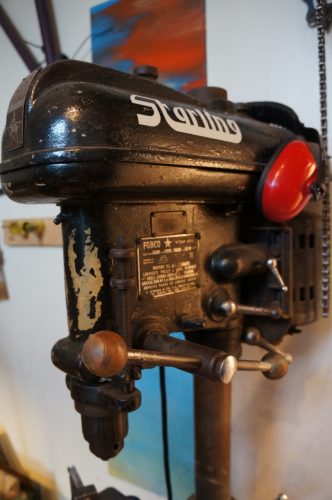
Joe is a big fan of simplicity – hence his fondness for single pivots and singlespeeds – but he’s not afraid to tangle with the techy side of bike design either. A large part of his reason for custom building frames is to make a platform that will work perfectly with a particular fork and shock, and he’s quite happy to discuss the finer points of geometry and suspension design. He’s also been able to call on some assistance from his aerospace contacts.
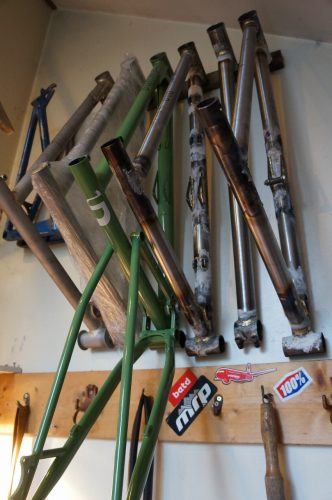
“I have been working with another engineer in relation to things like head tube gussets. I’ve got a working partnership with him which may result in doing some additive manufacturing stuff – basically 3D printing. Not the whole back end, but the complicated bit around the pivot, enabling me to reduce the number of parts.”
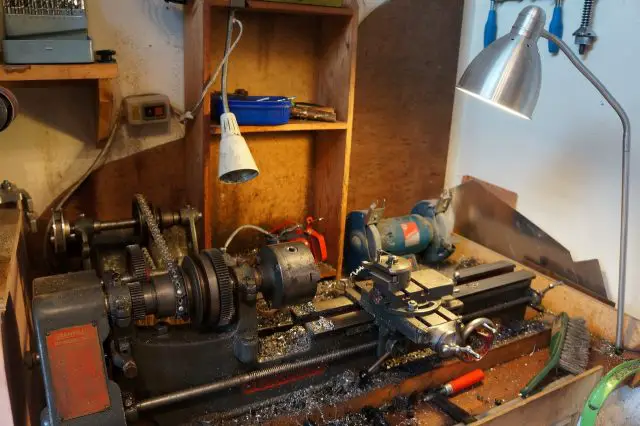
Enough about the craftsmanship and artistry – what are the bikes like to ride? Based on a day’s riding in South Wales, plus a short-term loan of a test bike, quite eye-opening. The geometry sits at the extreme end, even for a modern trail bike, with an ultra-long reach and slack head angle. For a rider coming from shorter bikes it takes some getting used to, but let it go down something fast or steep, get some weight on the front wheel, and it all clicks into place. A short back end keeps it chuckable, and it also climbs very well.
As for the future, plans include ramping up production and expanding out of the shed. “I’d like to turn it into something a bit more full-time. I’m working on a few more models, including a 29er and another singlespeed full suss. I suppose the dream is to have a nice sunny industrial unit by the river in Bristol, where I can sit designing the bikes, and other people do all the work…”
—
You can find Starling Cycles on the web here. Joe gave Anthony a quick tour of the workshop, see that below along with plenty more shots of the Swoop Enduro bike.

